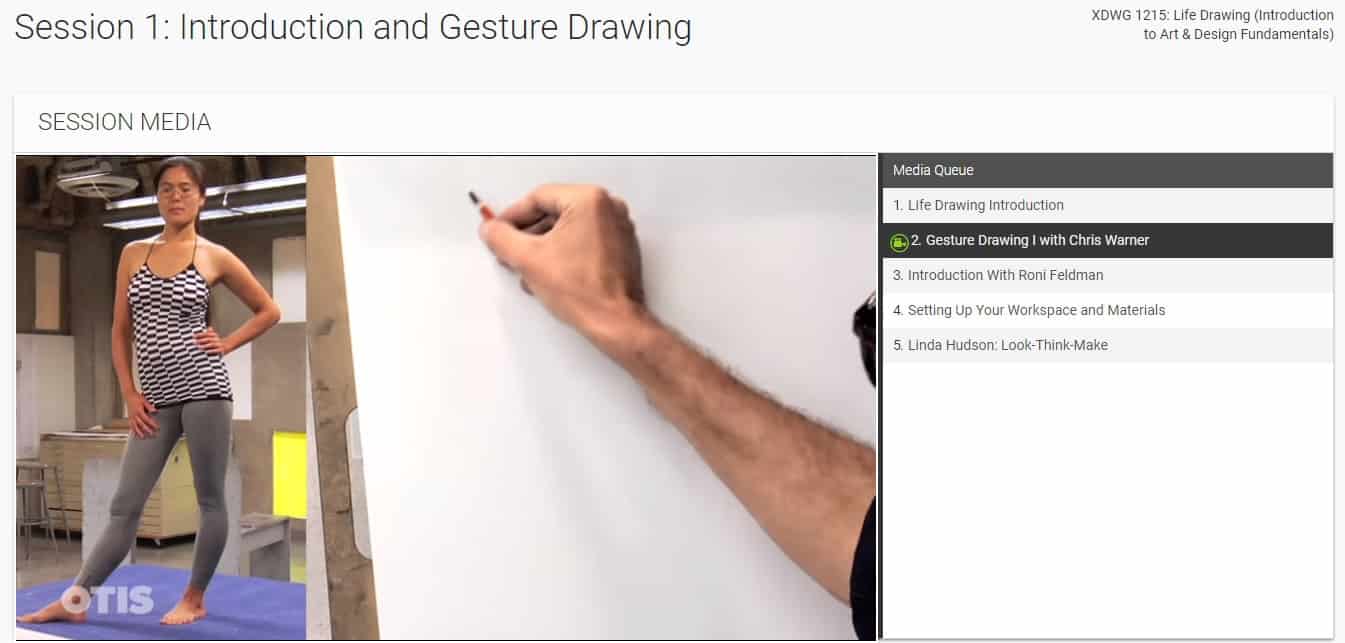 Located in Los Angeles, Otis College of Art and Design is a haven for aspiring artists seeking an education that offers a spectrum of disciplines. Known for its programs in fine arts, architecture, digital media, and more, it’s one of the most distinguished professional schools of art in California. At Otis College, developing artists from all backgrounds can work on unique projects that reflect their individuality.
Located in Los Angeles, Otis College of Art and Design is a haven for aspiring artists seeking an education that offers a spectrum of disciplines. Known for its programs in fine arts, architecture, digital media, and more, it’s one of the most distinguished professional schools of art in California. At Otis College, developing artists from all backgrounds can work on unique projects that reflect their individuality.
To supplement their core curriculum, the college recently implemented an online platform as part of their Otis College Extension program. It was created as part of their mission to widen their reach to a global audience, and features online courses in multiple subjects like photography, fashion design, and graphic design. The college uses the Kannu Learning Management System to power their eLearning Extension courses for both online and hybrid formats.
Jean-Marie Venturini is the Instructional Designer and Assistant Director of the Teaching and Learning Center at Otis College. She explained how Otis and their online program is instrumental in helping students achieve their aspirations in art and design. While they are still getting to know the profile of their online learners, Venturini describes their typical student as someone looking to refine their artistic and design skill-set.
“The mission of Otis College of Art and Design is to prepare diverse students of art and design to enrich our world through their creativity, skill, and vision”, says Venturini.

Being able to connect to the larger artistic community is a necessary quality of any art education, and having a bridge for those disciplines further cultivates the exchange of ideas. The advantage of online learning gives students a facilitated virtual classroom experience, with increased accessibility to a wide range of artists. Being in contact with peers all around the world provides online students with a much more globally informed and nuanced critique of their work.
Integrating the online option has challenged Otis College to come up with creative ways to approach instruction. Since both students and instructors come from different skill levels, one challenge is to adapt the tools to match their technological fluency. Venturini recalls an assignment for an Art and Design Fundamentals course, which required recording online asynchronous Life Drawing. The set-up involved coordinating multiple cameras to capture both the model and drawing, so students could follow along simultaneously.

According to Venturini, the appeal of a digital learning environment such as Kannu is its ability to capture and connect new audiences in novel ways. This groundbreaking experiment produced a positive response and exemplary work from students.

Despite the fast-paced nature of technology, instructors don’t need to feel intimidated by these new educational tools. They are designed with instructors in mind, featuring functional design and a step-by-step guide that shows them how to build their courses. Though tech can greatly enhance a curriculum, it’s up to the teachers to determine how it improves the instruction of their course.
“Think about your student outcomes—what do you want students to learn? And go from there.” She says. “I think instructors often feel pressured to use a lot of technology and forget that this should be a secondary concern to the learning outcomes. Start slowly and then add additional components or activities as you develop the course.”
